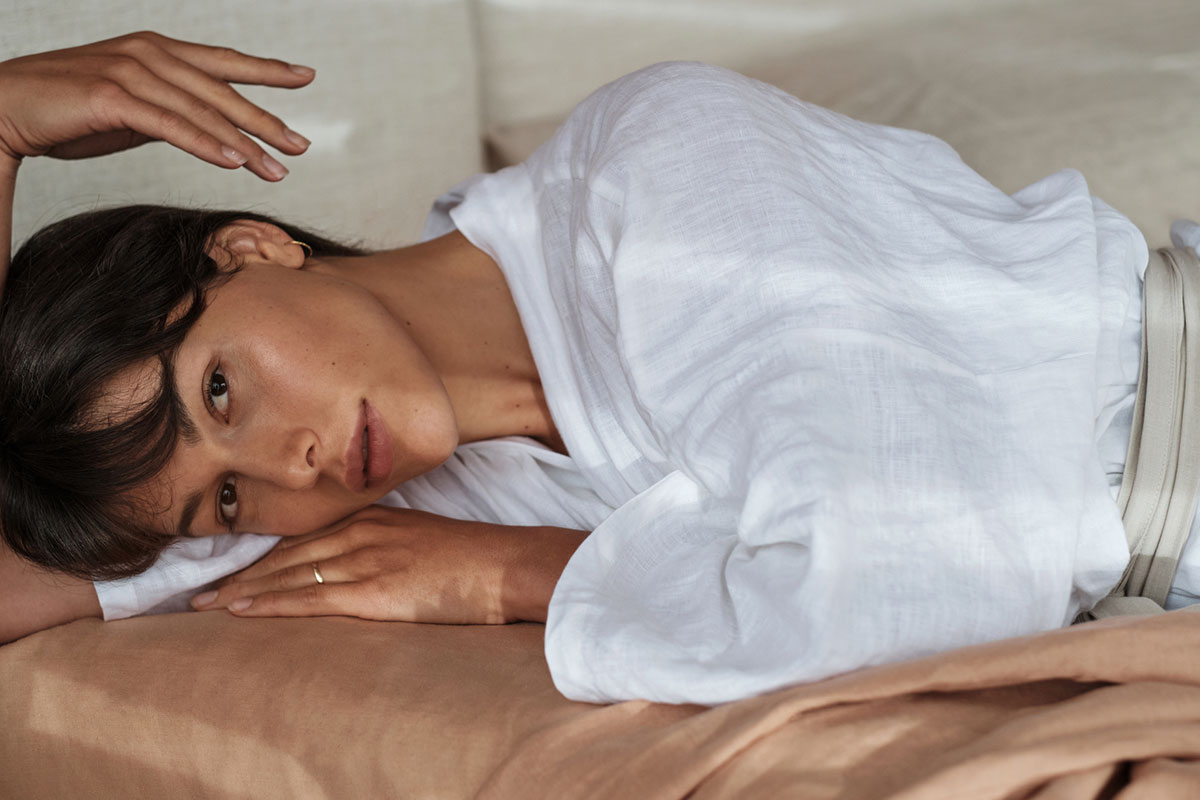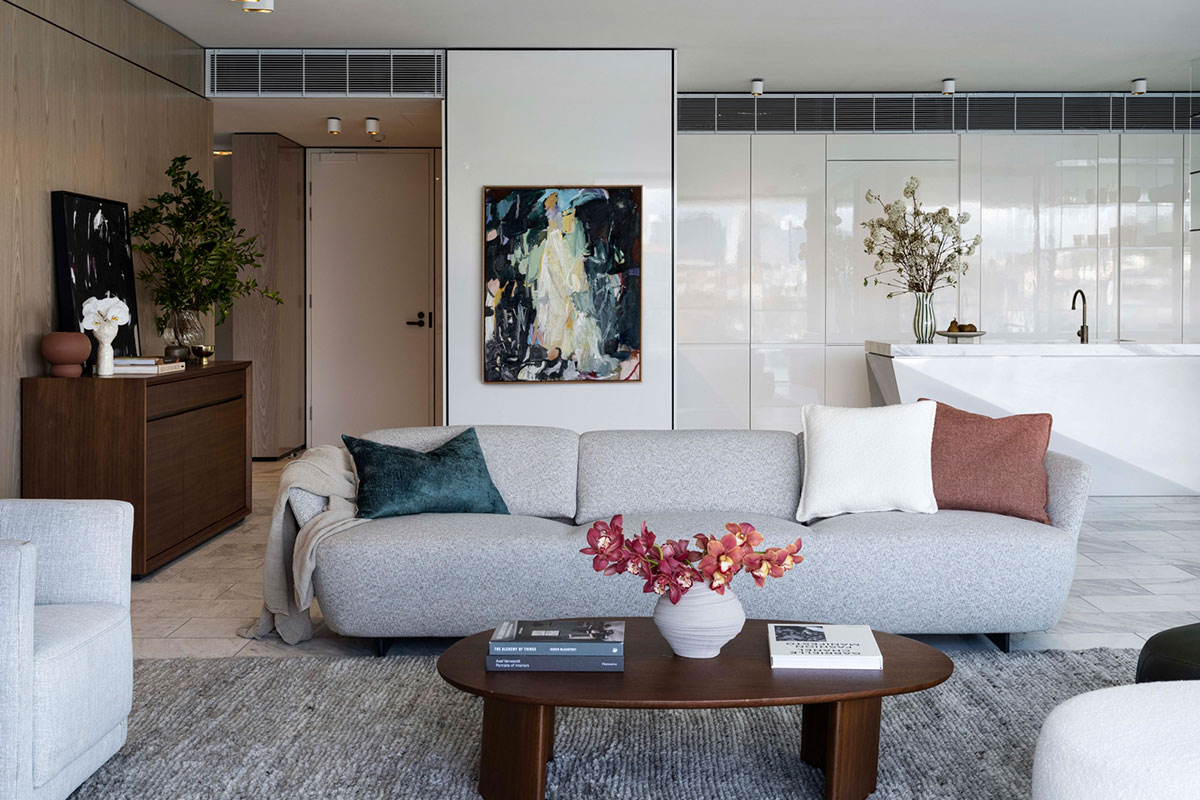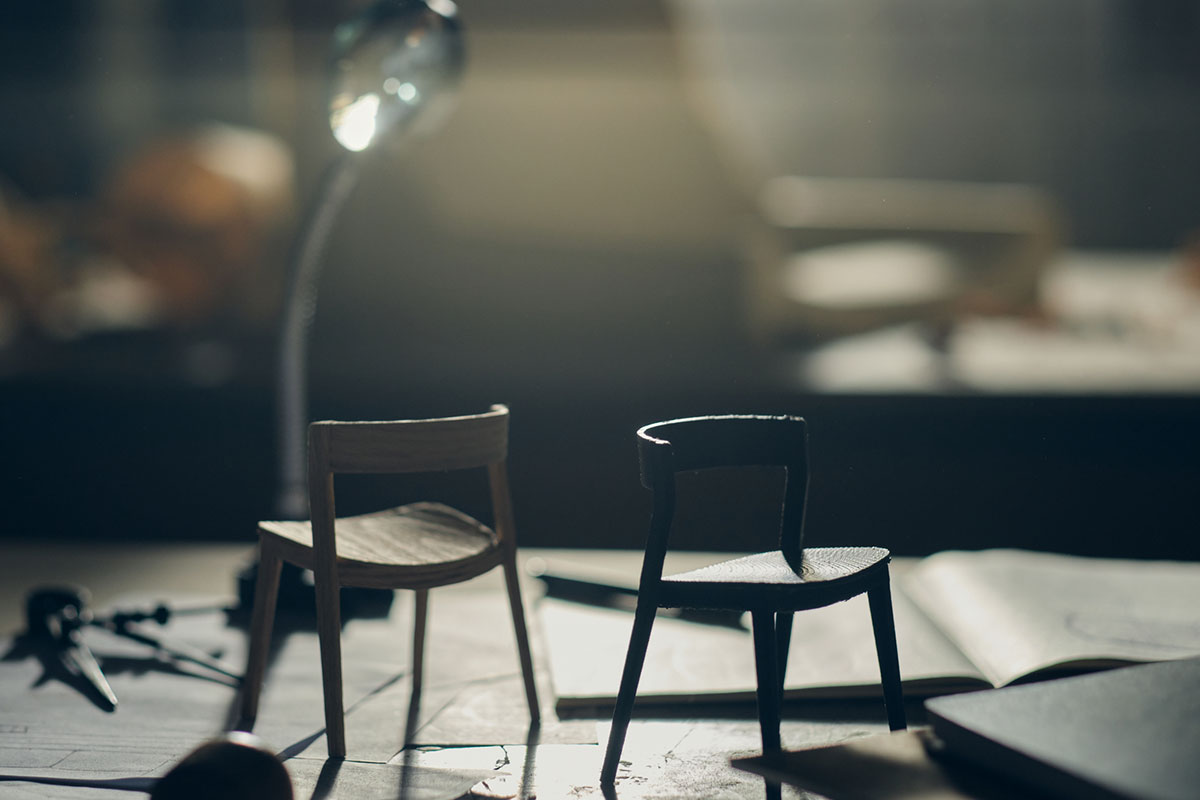Is emotionally durable design key to a circular economy?

From the Eames Lounge Chair to the Ghost Chair and Serpentine Sofa, truly timeless designs remain relevant through the ages.
Have you ever considered how we feel about a design can help reduce landfill?
We don’t love a design simply because it’s biodegradable and made from sustainable, local materials. Designs we love will have a place in our minds and heart. And when we love a design, we keep it.
This article delves into how our relationship with products can lead to a better future for both individuals and our environment, including:
- The concept of emotionally durable design
- Promoting and engaging in a circular economy
- Key design principles of timeless design

What is emotionally durable design
The term emotionally durable design was first coined by Jonathan Chapman, Professor of Sustainable Design at the University of Brighton, UK1.
At its core, emotionally durable design is about designing products we want to keep. A physically durable product lasts due to its resistance to wear and tear. An emotionally durable product lasts because we don’t desire to replace it.
The key lies in our perceptions. Emotionally durable design can change our mindset from seeing items we buy as disposable to viewing products as interconnected.
We all know logically that growing landfills are a big issue, and we should buy less. But understanding this may not influence the emotions that form part of our decision to keep a product or buy a new one. Emotionally durable design is the bridge between that logic and emotion.

How does emotional durability impact a circular economy?
The circular economy aims to replace the linear economy model, where products are destined to become waste due to their design and manufacturing process. Instead, products are kept in circulation through ways like repair, reuse, refurbishing, and recycling.
The desire to take care of things we love is part of creating a circular economy. In other words, if we love a product, we want to take care of it and keep it as long as possible. If a design has emotional durability, that's part of what makes us want to repair, reuse, and repurpose it.
Think about when you’ve had an item you loved and you repaired it – whether that was sewing on a new button to your favourite shirt, applying leather conditioner to your best boots, or upholstering a sofa that’s been in the family for years. Even the act of repair can enhance your bond with that item – you value it more and it becomes part of your memories with that product.
Building in the ability to update or restore a product where possible can significantly affect the number of products destined for landfills.
At KING, we offer a complete after-care service. Our dedicated in-house Sydney King-Care® team offer a range of services to help you maintain and refresh your furniture. We can replace your furniture covers in your choice of fabric or leather and, in most cases, these can be delivered and refitted in your home.

Which key design principles can contribute to sustainable design?
Timeless aesthetics
In an era of climate change concerns, aesthetics might sound superficial, but a timeless design can contribute to the desire to keep a product for its entire lifecycle. At KING, our philosophy is to remove the unnecessary to make way for the intentional. Timeless simplicity is the cornerstone of our designs.
Designed for durability
The quality of the raw materials and the manufacturing process are key to creating lasting designs. Keeping a design we love has emotions attached, but this won’t help if the design wears out quickly. Durability is inherently connected to both quality and emotionally durable design.
Technology that can be updated
The way technology is built into a product varies from industry to industry, with some products, like computers, being built for obsolescence. In the furniture industry, technology is incorporated in different ways. At KING, we use our trademarked Smart Pockets that allow smart features such as LED lights or speakers to be inserted. Rather than building in technology that can’t be replaced this system allows our customers to replace one component – like a speaker – with the latest model if they desire instead of purchasing an entirely new sofa to have this option.
Customisation options
We all have unique needs and wants. When brands provide the opportunity to customise and tailor a design to suit the customer, this can help to create a product that is even more loved and used. It can become more special to the customer, knowing that it's uniquely made for them and their needs.
Flexibility for the future
Every product has different design opportunities and restrictions. Some items are restricted to the exact size, shape and style they were created with. Other products could be updated with new technology, a new colour, or made larger or smaller to suit your body, home or lifestyle requirements. In the furniture industry, modular design is one of the main ways of designing flexible furniture. A modular sofa design allows you to create different arrangements, like swapping a chaise from left to right. You can add or remove modules to create a smaller or larger sofa to suit your room. A design like this is future proofed.
Now it's time to learn about timeless sustainable design
Whether it’s a tailor-made item of clothing or a beautifully crafted piece of furniture, items we attach meaning to will have increased longevity.
Emotionally durable design isn’t always the answer – for some items a short-term leasing model could be the right approach – but it’s a part of the picture for a more sustainable future.
You may be interested in our article on fast furniture versus sustainable design, or learning more about how lifestyle flexibility and timeless design is key to sustainability.
You can also learn about the KING approach to sustainability.














